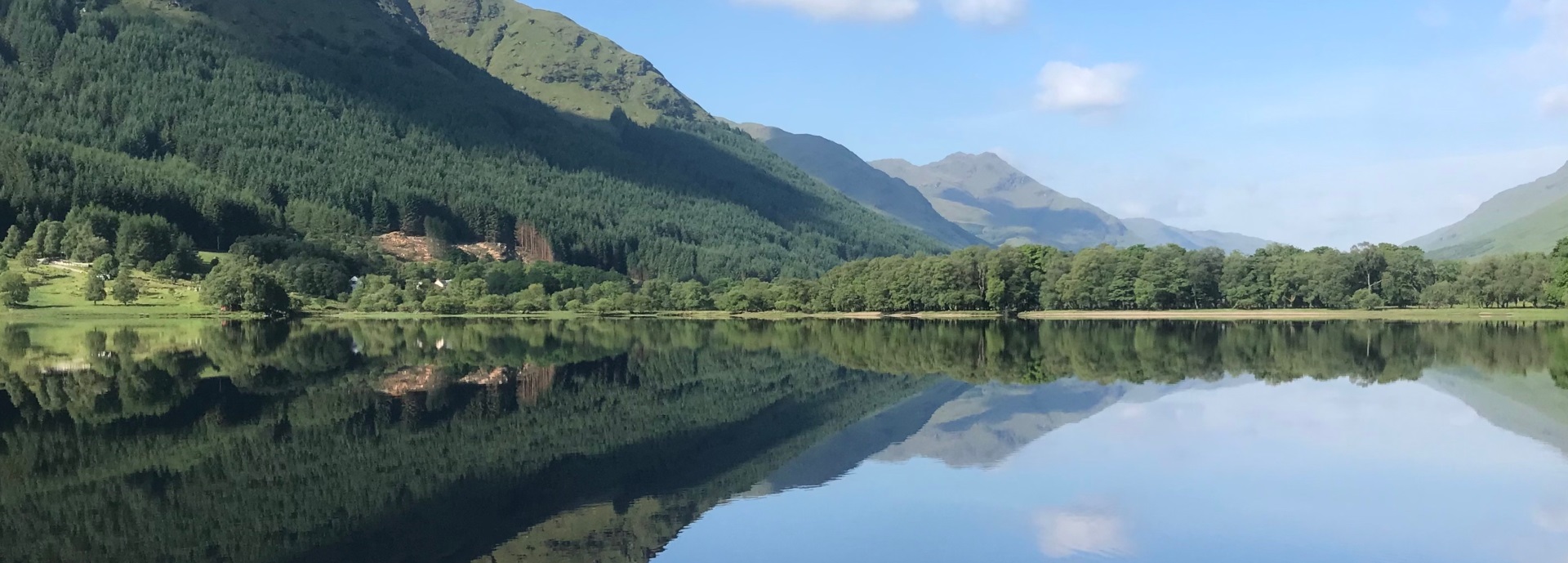Visiting inland freshwater spaces improves mental health, a new University of Stirling study has found.
Researchers asked dozens of people to complete a diary of visits to Scottish lochs and rivers over three months.
Participants provided detailed insights into their emotional responses to a variety of locations throughout Scotland.
Among the sites visited were Loch Lomond, Loch Ness, Loch Trool in Galloway, Loch Voil in Stirlingshire, Bardowie Loch in East Dunbartonshire, Beecraigs Country Park in West Lothian, as well as waterways in urban areas including The River Kelvin and Queen’s Park in Glasgow, and Water of Leith in Edinburgh.
Participants took part in a wide range of land and water-based sports, including stand-up paddle-boarding, sailing, running, and cycling, as well as wildlife monitoring and bird watching.
Improved mental health
Analysis carried out by lead researcher Megan Grace found participants recorded improved mental health over the course of the study.
She said: “There is increasing recognition of the potential for natural environments to improve mental and physical health outcomes for individuals, however, to date most research has focused on coastal environments or green spaces. In comparison, the potential for inland blue spaces to act as public health resources is under-researched.
“This new research identified that accessing inland blue spaces can consistently lead to positive restorative health outcomes for individuals over the course of three-months.
“Diary entries completed by individuals were overwhelmingly positive, emphasising that inland blue spaces could be used as versatile public health resources, encouraging physical activity, social interactions, and self-reflection.
“Different age groups involved in the research were all able to benefit from accessing blue spaces by adapting their visits to suit their current needs. Younger participants often preferred more physical activities such as running and wild swimming, whereas older participants enjoyed exploring these areas and taking part in more sedentary hobbies such as bird watching.”
 Megan Grace
Megan Grace
The data collection phase of the study lasted 16 months, from July 2021 to October 2022. During this time, a total of 45 participants from 14 Scottish council areas were recruited to complete a three-month long freshwater diary, with 737 diary entries written.
The diary structure was specifically designed for this project to capture insight into how different factors impact restorative outcomes; for instance, weather conditions, length of time spent, activity carried out.
Ms Grace, a PhD student in Biological and Environmental Sciences in the Faculty of Natural Sciences, is hopeful that the research will encourage more people to access inland blue spaces.
She added: “The research could encourage more individuals to access freshwater areas in order to obtain health and wellbeing benefits.
“The research also highlights that investment into the upkeep of inland blue space areas would have widespread benefits for society by ensuring that these areas continue to provide positive health-related exposure outcomes.”
The paper ‘Using solicited research diaries to assess the restorative potential of exposure to inland blue space across time’ was published in Landscape and Urban Planning, an international journal aimed at advancing conceptual, scientific, and applied understandings of landscape in order to promote sustainable solutions for landscape change.
Funding for the study was provided by IAPETUS2 Doctoral Training Partnership, with additional case funding from SEPA (Scottish Environment Protection Agency).

